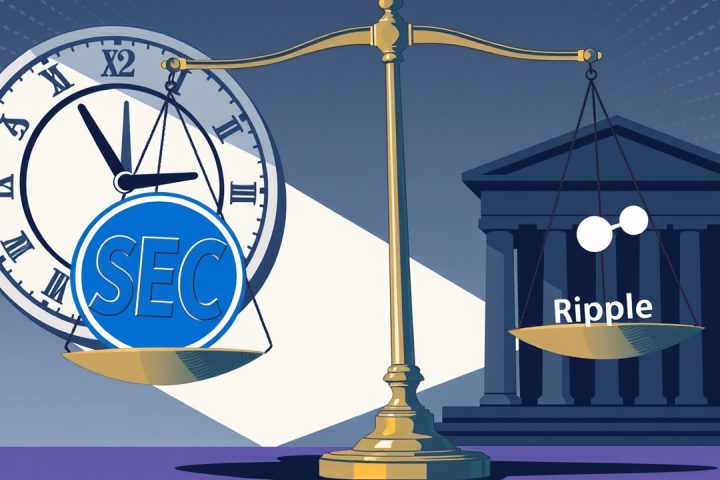Transformation in Europe’s Cryptocurrency Landscape
A significant transformation is taking place in Europe’s cryptocurrency landscape, largely prompted by the introduction of the Market in Crypto-Assets Regulation (MiCA). While the regulations have received criticism from established players like Tether, they are also being seen as a boon for traditional financial institutions eager to engage with digital assets.
Implications of MiCA
In a recent interview with crypto.news, Victoria Gago, co-CEO of the European Blockchain Convention, discussed the implications of MiCA and how it could reshape institutional interest in the crypto sphere.
According to Gago, MiCA’s introduction marks a turning point for Europe, as it provides the clarity needed for institutional investors to commit their capital into crypto projects.
Unlike previously ambiguous regulations, MiCA sets clear expectations, allowing banks and other traditional financial entities to navigate the space with greater security. The conversations at events like the European Blockchain Convention have shifted significantly; institutions are now moving from questioning the utility of digital assets to focusing on practical steps for implementation.
Criticism and Opportunities
Tether’s criticism of the new regulations underscores MiCA’s rigorous requirements for transparency and reserve backing, which go against the existing practices of many players in the crypto market who have operated under less scrutiny. Conversely, established financial institutions now find themselves with a clear and structured path to engaging in European markets, without the perpetual fear of regulatory repercussions.
Collaboration Between Banks and Startups
Gago highlights that the momentum for innovation in Europe stems from both established banks and emerging startups. This dual collaboration is key to the region’s competitive edge, with traditional banks experimenting with blockchain technologies and crypto offerings, while startups bring fresh insights into the digital landscape. This partnership approach, rather than a dichotomy of competition, is essential for driving real change in how financial services intersect with blockchain technology.
Current Engagement and Future Growth
When asked about the extent of banks’ real engagement with cryptocurrencies, Gago noted that current activities are primarily focused on building infrastructure rather than committing full balance sheets to digital currencies. Many institutions are conducting pilot programs and exploring custody solutions, yet Gago points out that these ventures are gaining momentum, evolving into strategic initiatives rather than mere experiments.
Moving forward, Gago anticipates that the most immediate revenue growth will stem from custody services and payment infrastructures, rather than initially speculative areas like tokenized assets.
As European providers develop substantial offerings in secure custody, they lay a foundational layer essential for the growth of digitized assets. Moreover, with big names such as Visa and JPMorgan participating actively in cross-border payments and stablecoin infrastructures, the landscape is moving beyond mere pilot projects to substantial operations with proven transaction volumes.
Looking Ahead
While the potential for tokenized assets remains significant, real-world financial implementations may take until 2026 or 2027 to mature, as regulatory frameworks solidify and market liquidity improves. As noted by Gago, the immediate focus for European institutions is to capitalize on established revenue streams within custody and payments, solidifying the region’s role as a significant player in the digital asset evolution.
Ultimately, initiatives like the European Blockchain Convention are pivotal in fostering connections between infrastructure developers and investors keen to finance these emerging business models, ensuring Europe’s growth at the forefront of the digital asset arena for years to come.




